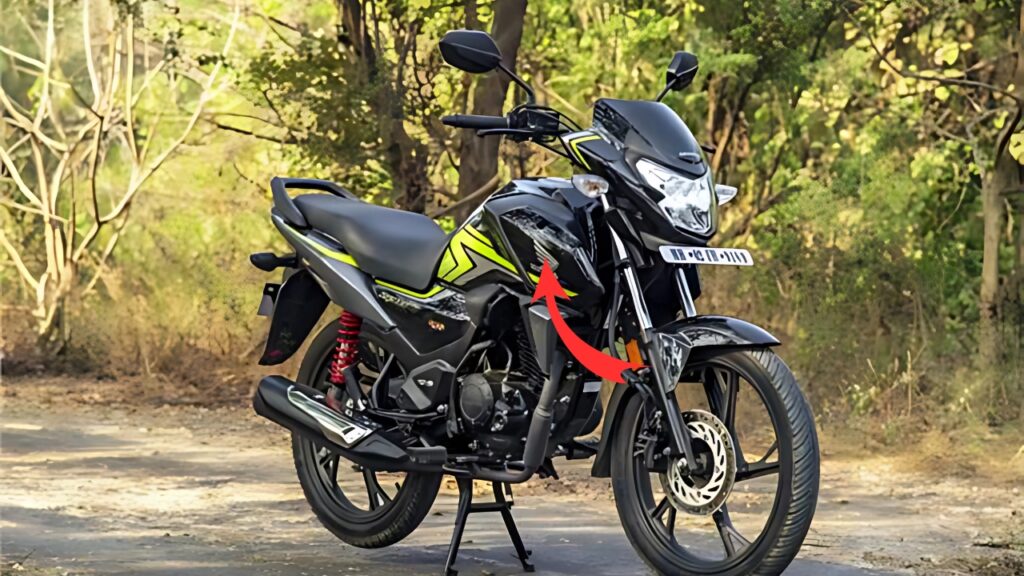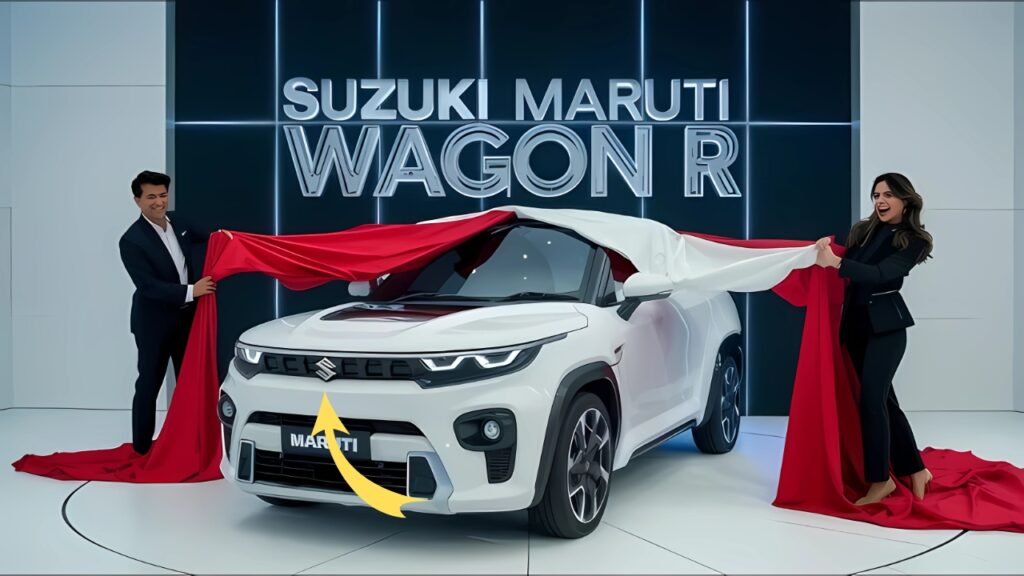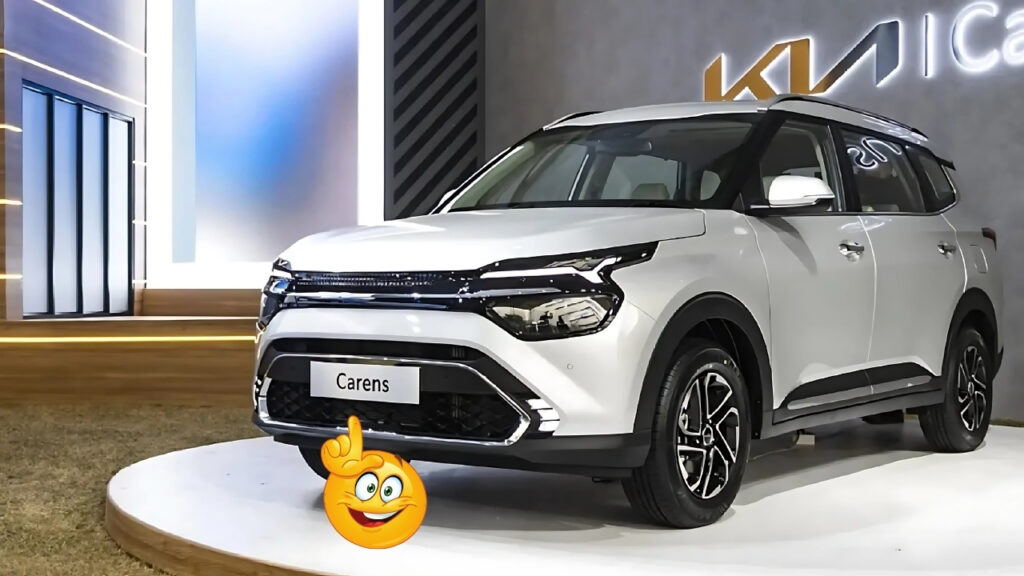Bajaj Platina 100: The Platina was born as Bajaj’s answer to these emerging consumer needs in the entry-level space, where it was no longer sufficient to just have basic transport, and expectations were growing with respect to comfort and refinement.
However, the Platina has come a long way since then and the Platina family has spawned several iterations in these 12 years, but at its core, the Platina is still a comfort champion for the 100cc segment.
These systems have benefited significantly from this positioning, especially in semi-urban and to some degree in rural markets, where road conditions deteriorate significantly outside urban locations and daily commute distances are often lengthy.
By shifting the emphasis in marketing communication away from esoteric performance numbers and towards concrete comfort benefits, Bajaj has successfully carved out a position for the Platina with the target demographic that is distinct from competitors that are fixated on credibility from stats that matter less in the real world.
Table of Contents
Bajaj Platina 100: Engineering Fundamentals- Learn by Doing

The Platina 100 is powered by a 102cc single-cylinder air-cooled engine that makes around 7.9 bhp and 8.3 Nm of torque.
These sedate statistics belied the engine’s thoughtful tuning, which prioritized usable low-end torque that fosters rideability in real-world situations characterized by constant speed and infrequent loads.
This engine employs Bajaj’s own DTS-i (Digital Twin Spark ignition) to provide for a more efficient combustion process through optimal flame propagation which, together with the fuel’s lightness, accounts for the impressive fuel consumption figure of some 90km / litre under test conditions.
This efficiency means real savings in economy for owners with transportation costs being a major percentage of monthly outgoings.
Power gets to the rear wheel through a 4-speed constant mesh transmission, with the ratios designed for real-world use rather than theoretical capabilities.
The shift mechanism itself has been refined generation after generation to reduce effort and enhance precision, both features that prove especially welcome on long commutes in crowded conditions.
Comfort Focus: Innovating Where It Counts
The most distinguishing engineering feature of the Platina is its suspension, which comes with a set of conventional telescopic forks in the front and a “ComforTec” rear suspension developed by Bajaj.
It features twin Nitrox gas-charged shock absorbers which have 20% longer travel than that provided by most competitors and ensures that road irregularities are soaked up, which is a day-to-day reality for many Indian commuters.
The suspension setup has been further supplemented in recent models with a “spring-in-spring” system that manages not only the irregularities in the surface of the road but also larger impacts and does so without compromising handling stability.
Though these technical particulars may appear minor in their own right, they add up to a meaningful reduction in rider fatigue — an advantage made clearly evident in prolonged use.
The comfort theme continues with the heavily padded seat with its quilted stitching to support various rider physiques, including an occasional two-up as well.
The foot pegs have rubber inserts, designed to block vibration transfer to the rider, and the position of the handlebar has been adapted to provide an upright stance that reduces rod strain on long distances.
Design Approach: Functional with Enough Personality
In terms of aesthetics, the Platina follows a traditional design language and prioritizes timeless utility over trendy styling.
The shape of the fuel tank has minimal sculptural elements that give knee recesses without unnecessary complexity, and a front face and mudguards employ clean, unfussy lines that will wear well rather than chase fleeting styling fads.
Just four colours including the signature Electric Blue colour are available, which offers adequate levels of personalization for a mass-market product without creating a complexity of manufacture that would impact on price.
Graphics are tastefully restrained, reflecting the reality that many buyers in this segment prefer dignity and understatement over attention-seeking design elements.
Perhaps the most compelling aspect of the design is that it includes practical elements such as mud protection for rider and mechanical components, easy accessibility for routine maintenance, and durable materials chosen to survive years of daily operation in adverse conditions.
These aspects are the unsung heroes and provide tremendous ownership gratification across the lifetime of the motorcycle.
That is a basic set of modernizing features
But the Platina’s feature set shows judicious selection of features that add real value without raising costs unnecessarily.
The presence of LED daytime running lights enhances visibility with lower power consumption when compared to conventional lamp types, while a semi-digital instrument cluster displays key information like a gear position indicator and trip meter.
With Bajaj’s Anti-Skid Braking (ASB) system further restricting issues that can arise with riders not paying attention when they brake – ease of emergency stopping has led to greater stability,
certainly a significant milestone for a motorcycle that’s more commonly ridden in erratic traffic conditions, in a locality where the skill of the rider varies completely – higher variants for the upper-car props will get a 240mm disc brake at the front, to further enhance safety focus.
Its electrical system has been continuously improved for greater reliability, and a DC headlamp ensures consistent illumination regardless of engine speed — a feature especially relevant to rural users who may navigate unlit roads.
While similarly compact and simple in features, the inclusion of a USB charging port on higher executive variants acknowledges the trend in consumers valuing the power behind their devices, even at a more budget-friendly price point.
Hidden Value Proposition: Ownership Experience
In addition to the specifications it comes with, we know that the proven track record of the Platina is largely thanks to Bajaj’s extensive service network that covers more than 4,000 touchpoints across India.
It’s this infrastructure that provides parts availability and service support even in the most remote locations — an important aspect to consider for vehicles that occupy a large portion of their time as productivity tools, rather than an optional purchase.
Scheduled maintenance requirements have been intentionally reduced, with intervals set at five thousand kilometers, simplifying ownership for customers in remote areas with fewer options for authorized service centers.
Parts that tend to wear out over time have been designed for long service life because operating economics are much broader than just the purchase price for value-sensitive buyers.
Bajaj Platina 100
The Bajaj Platina 100 is an example of focused product development based on real customer insight rather than chasing a spec-sheet number.
By prioritising comfort and efficiency as the two most important points for its target demographic while also offering the kind of bang for the buck benefits in these categories for the cash outlay made, Bajaj has been able to produce a motorcycle which does what it sets out to do exceedingly well.
In an industry that increasingly chases feature escalation and marketing stories, the Platina’s longevity reminds that, for millions of Indian motorcyclists, fundamental transportation needs still drive the purchase decision.
Ajey’s unassuming way of meeting these requirements without adding needless complexity or cost has made it a critical part of India’s mobility ecosystem.





